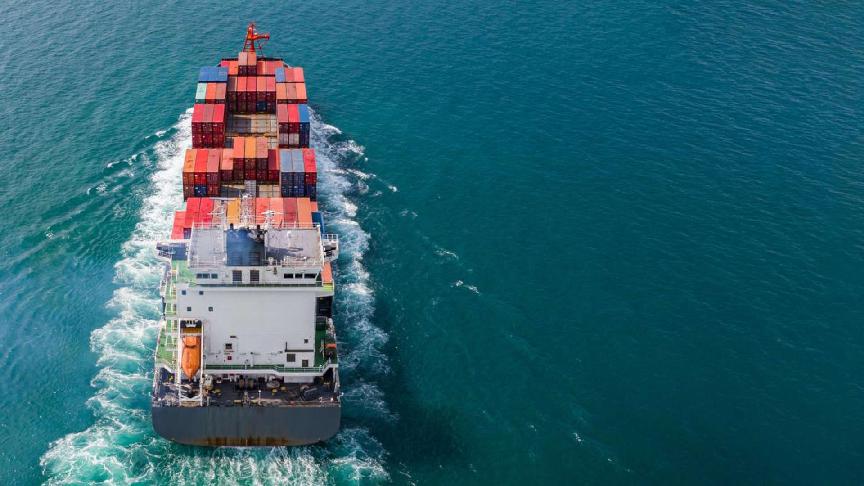Top investments of leading carriers in the fourth quarter of 2022
MSC's second-hand fleet reaches a total capacity of 1m TEU and Maersk pledges to decarbonise its entire business by 2040

The largest container carrier in the world set a new record in its expansion plans last year.
On top of investing in newbuilds with energy-efficient technologies, Swiss-based MSC has also been purchasing second-hand vessels throughout the past two years. After purchasing over 260 used vessels since August 2020, the combined capacity of MSC’s second-hand fleet reached a milestone of 1m TEU exceeding the total capacity of the eighth-largest carrier in the world, HMM.
MSC currently owns 68 ships more than its top competitor Maersk, and more than triple the number of ships owned by Hapag-Lloyd. In addition, the carrier charters a significant number of vessels for its network. According to the Top100 database, MSC chartered 300 vessels with a total capacity of about 2.5m TEU.
During a conference in Paris this month, MSC CEO Soren Toft said that his company has the size and scale to navigate the macroeconomic factors impacting global markets. He noted that container demand has shown a slight recovery in recent weeks, and he expects “countries will continue to trade, potentially still producing some modest growth in 2023.”
That is not all. MSC - through its subsidiary Terminal Investment Ltd - has also been extensively investing in ports and terminal development worldwide.
Maersk, on the other hand, has an orderbook that is visibly smaller than that of MSC. A recent report published by the Danish carrier said the company has pledged to decarbonise its entire business by 2040. Perhaps this is the reason why it moved its focus away from competing to expand its fleet towards investing in green solutions.
Recently Maersk placed an order for 19 dual-fuel container ships capable of running on green methanol. Once all 19 ships are operating on international trade routes, an estimated 2.3 million metric tonnes of CO2 emissions will be saved annually, says the carrier.
As for CMA CGM, the third-largest container carrier, the orderbook stands at about 20% of its existing capacity. The data also shows that the French liner depends quite extensively on chartered vessels. In fact, more than 50% of the total 594 ships CMA CGM deploys were chartered.
During the last quarter of 2022, the company also showed interest in investing in container terminals around the world. The most recent investment was acquiring flagship terminals in the Port of New York and New Jersey. This acquisition completes CMA CGM’s portfolio of 7 terminals in the U.S. and strengthens the Group’s position as a global port terminal operator, wrote the carrier in a press release.
The company also made a significant commitment to sustainable energy this year by creating a €1.5 billion Fund for Energies to accelerate its energy transition and achieve Net Zero Carbon emissions by 2050.
While most container carriers apply diverse strategies, it is expected that more investments will go towards adopting sustainable solutions in 2023, especially with the new decarbonisation regulations set to regulate emissions in the EU and worldwide in the next few years.
Source: CMA CGM, MSC, Shipping Watch, Maersk
Related articles

Sea newsMy Carrier News (16 – 31 January)

Sea newsMy Carrier News (1 – 15 January)

Sea newsMy Carrier News (15 – 30 November)

Sea newsZIM, Maersk divert vessels amidst Middle East instability

Sea newsMy Carrier News (1 – 15 November)

Sea newsProtest blocks arrival of vessel at Port Botany, Australia
